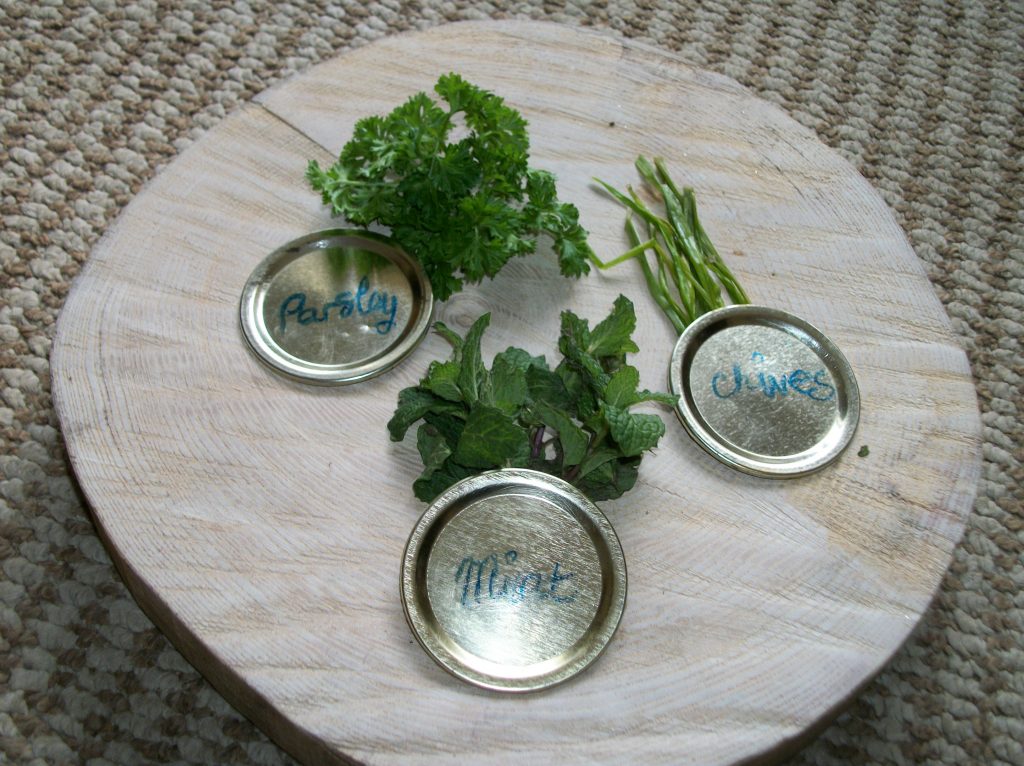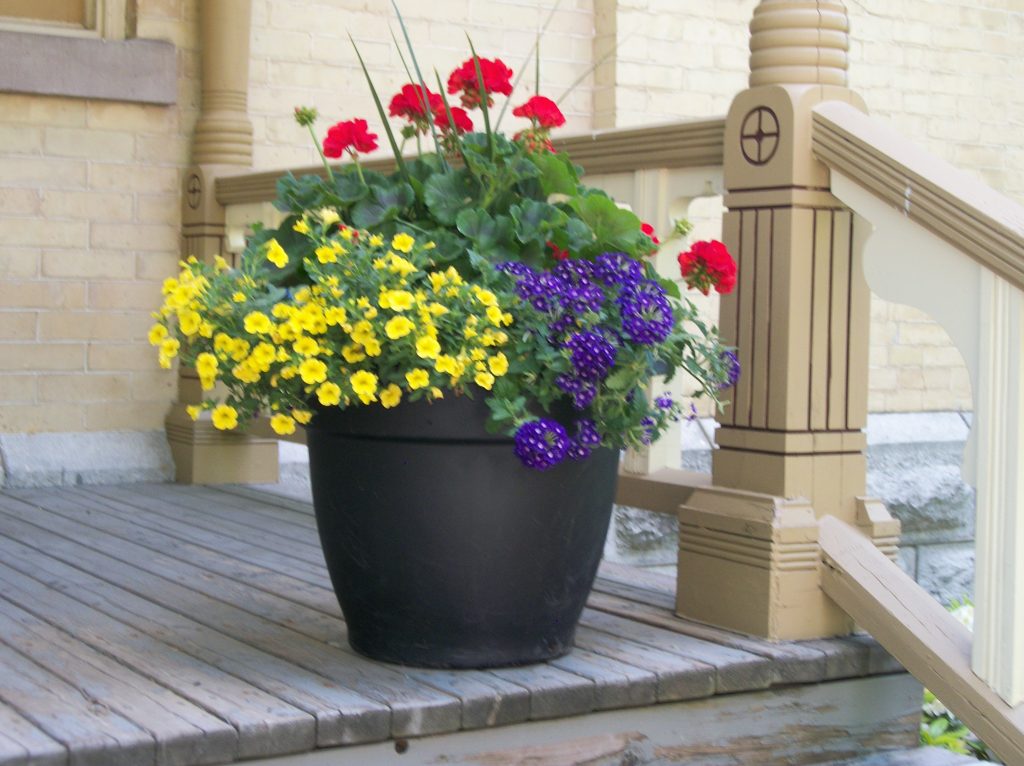It’s still just Dirt, The Norfolk Tillsonburg News – December 2020
by Angela Lassam
Staying healthy is more important now than ever. Gardeners can benefit from their plant knowledge and integrate it into their daily living. Herbs and vegetables have various properties that will help our immunity to viruses and keep our general health in check.

Garlic is an immunity booster which contains vitamin C, calcium and selenium. It controls blood pressure, can prevent cartilage damage and even an anti-fungal – good for athletes’ foot when used in a garlic footbath. It is an infection fighter when used topically but its unusual benefit is its ability to increase white blood cells and can reduce the risk of cancer.
Horseradish, cayenne and ginger generally stimulate blood flow, kill microbes, and helps digestive infections. Mushrooms strengthen the immune system especially the specialty varieties like shitake.
All leafy greens are a good source of vitamins A, C and E with many of the minerals we all need. They are packed with fibre, a necessary balance in our diet. Broccoli is a popular vegetable as it is great raw in salads and to dip as a snack. It has an added advantage of a source of vitamin K.
Carrots, sweet potato and squash provide us with vitamin A and beta‐carotene which is converted to vitamin A in the body, and is essential for eye health, including reduced risk of macular degeneration and cataracts. Immunity boosters are generally in all fruit and vegetables and the easiest way to incorporate them into a daily routine is making smoothies.
Herbs are vital in any diet and are full of vitamins and minerals. Mint is a potent antioxidant and provides vitamin A for eye health and aids digestion. Parsley gives us vitamin A, C and E, is an anti-inflammatory and contains flavonoids which help reduce many chronic diseases including Alzheimers and Parkinsons. Chives are a good source of vitamin K which helps bone density, has cancer fighting properties and choline folate to aid memory. Basil is another herb full of vitamins A, C and K with minerals calcium, magnesium and omega3 fatty acids. The oil can treat cuts, wounds and skin infections.
For indoor growing of herbs you will need lots of sunlight and humidity so a kitchen windowsill is an ideal place for them. Parsley seeds grow quickly and when snipped for use will quickly multiply. Use it in cooking and as a garnish to finish the appearance of any dish. Chives and mint grow well if taken indoors and when cut will reproduce. Basil seeds grow fast indoors and can easily be snipped to add to dishes raw or for cooking.
Munching on sunflower seeds and nuts give us an antioxidant boost.
Interesting fact – red peppers have twice the amount of vitamin C than an orange.
Tillsonburg Horticultural Society will be contacting members about their membership for 2021 meanwhile no updates; stay safe, stay well and Happy New Year. Lets hope 2021 fares well.





